-
Welcome to Tacoma World!
You are currently viewing as a guest! To get full-access, you need to register for a FREE account.
As a registered member, you’ll be able to:- Participate in all Tacoma discussion topics
- Communicate privately with other Tacoma owners from around the world
- Post your own photos in our Members Gallery
- Access all special features of the site
Toyota Oil Filter (Made in Thailand) vs. the competition........
Discussion in 'Technical Chat' started by chris4x4, Nov 15, 2010.
Page 37 of 42
Page 37 of 42


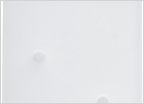 Combine x2 Power AGM w/Jackery. Does this make any sense?
Combine x2 Power AGM w/Jackery. Does this make any sense?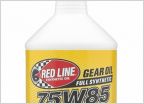 75w-85 vs 75w-90
75w-85 vs 75w-90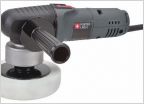 Exterior Paint Sealant or Carnuba Wax?
Exterior Paint Sealant or Carnuba Wax?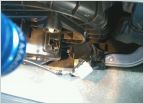 Blower motor connector fried (07 PreRunner)
Blower motor connector fried (07 PreRunner)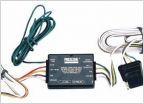 Cruise control quit working after trailer wire harness installed
Cruise control quit working after trailer wire harness installed
















